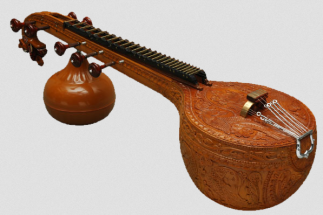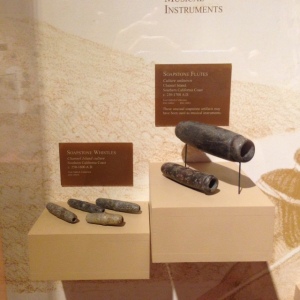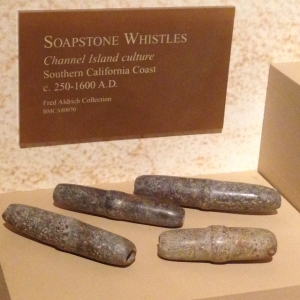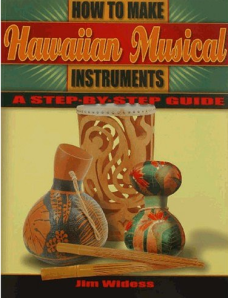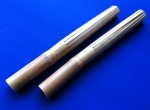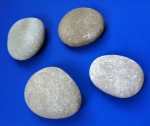 Did you know that there was a civilization as advanced as the Mayas discovered in the desert of the Southwestern United States?
Did you know that there was a civilization as advanced as the Mayas discovered in the desert of the Southwestern United States?
A recent article published in Nature Communications, reveals a great deal about this advanced culture that flourished in the area now identified as New Mexico. Matrilineal in nature, one of the most complete digs of this Chacoan culture is a burial chamber – called Room 33 – that consists of elite women rulers and their most treasured items. Not surprisingly, among these items are special pottery, ritual objects, turquoise beads and musical instruments. Although the site is probably hundreds of miles from an ocean,  Room 33 includes a conch shell trumpet with a turquoise mouthpiece as well as several different flutes. Clearly music was an integral part of the most valued aspects of this society.
Room 33 includes a conch shell trumpet with a turquoise mouthpiece as well as several different flutes. Clearly music was an integral part of the most valued aspects of this society.
Want to learn more? Below are links to the complete article about the dig in Nature Communications as well as a blog post identifying all the objects in Room 33. Interestingly enough, conch shell trumpets are found throughout the world in a variety of diverse locations. Below we’ve included links on posts we’ve done so far about conch shell trumpets in Japan, Mexico, Hawaii and Polynesian Cultures.
Links and Resources
Complete Article on the Archeological Dig in Nature Communications http://www.nature.com/articles/ncomms14115
What’s in Room 33? https://gamblershouse.wordpress.com/2009/09/19/room-33/
Conch Shell Trumpets From Samurai Times In Japan https://makingmulticulturalmusic.wordpress.com/2015/05/20/horagai-a-conch-shell-trumpet-from-samurai-times/
The Conch Shell Trumpet in Ancient Mexico https://makingmulticulturalmusic.wordpress.com/2014/05/05/instruments-from-ancient-mexico-the-conch-shell-trumpet/
The Conch Shell Trumpet As Part of Hawaiian and Polynesian Culture https://makingmulticulturalmusic.wordpress.com/2014/11/03/the-ultimate-make-your-own-hawaiian-instruments-book/

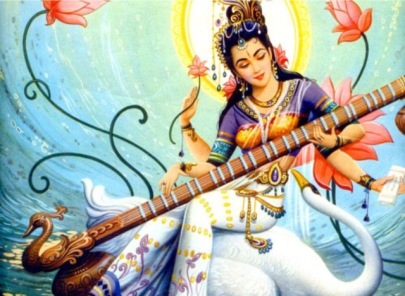 Although it may look a bit like a sitar, the Indian veena (or vina) is a unique instrument that dates back at least to 1,500 BCE and has its own distinctive place in Hindustani as well as the Carnatic style South Indian music. A person who plays the veena is known as a vainika.
Although it may look a bit like a sitar, the Indian veena (or vina) is a unique instrument that dates back at least to 1,500 BCE and has its own distinctive place in Hindustani as well as the Carnatic style South Indian music. A person who plays the veena is known as a vainika.